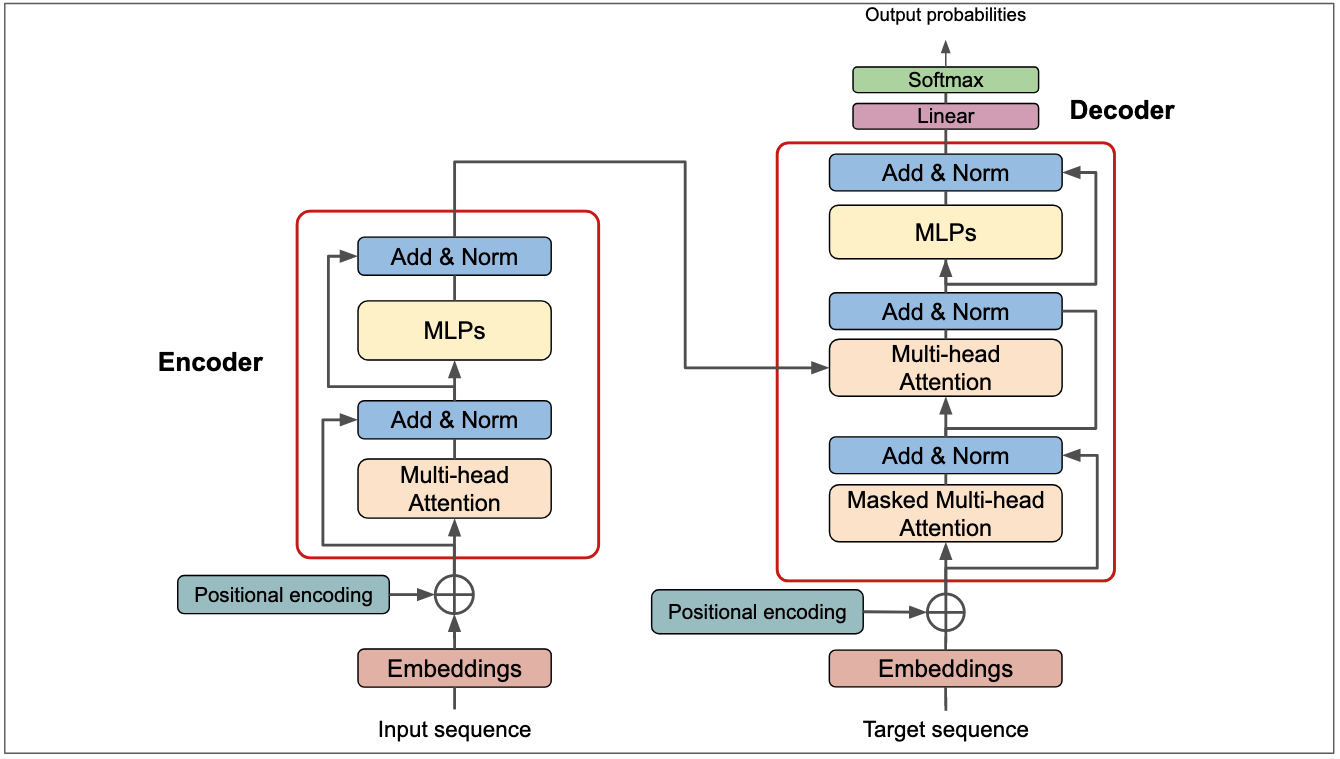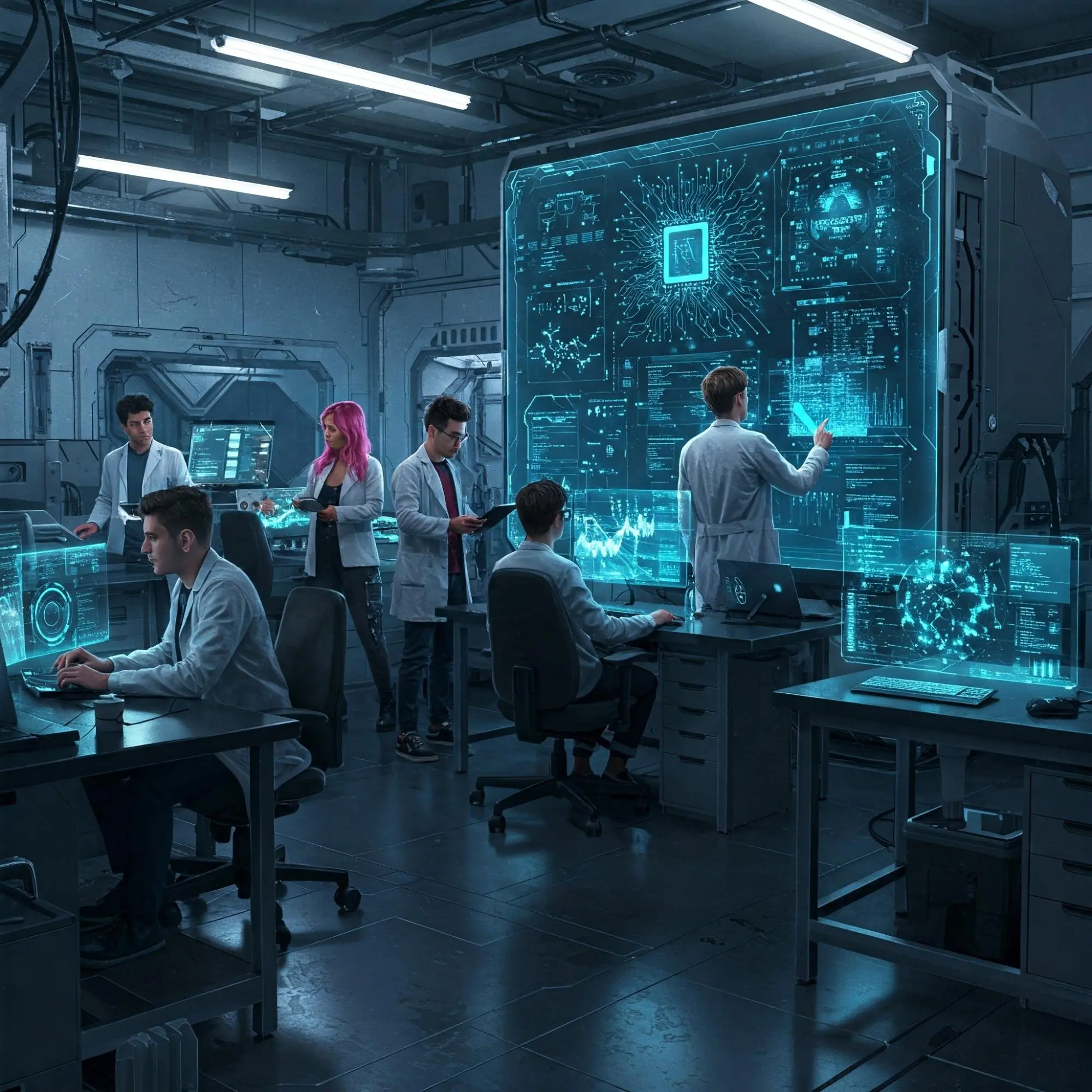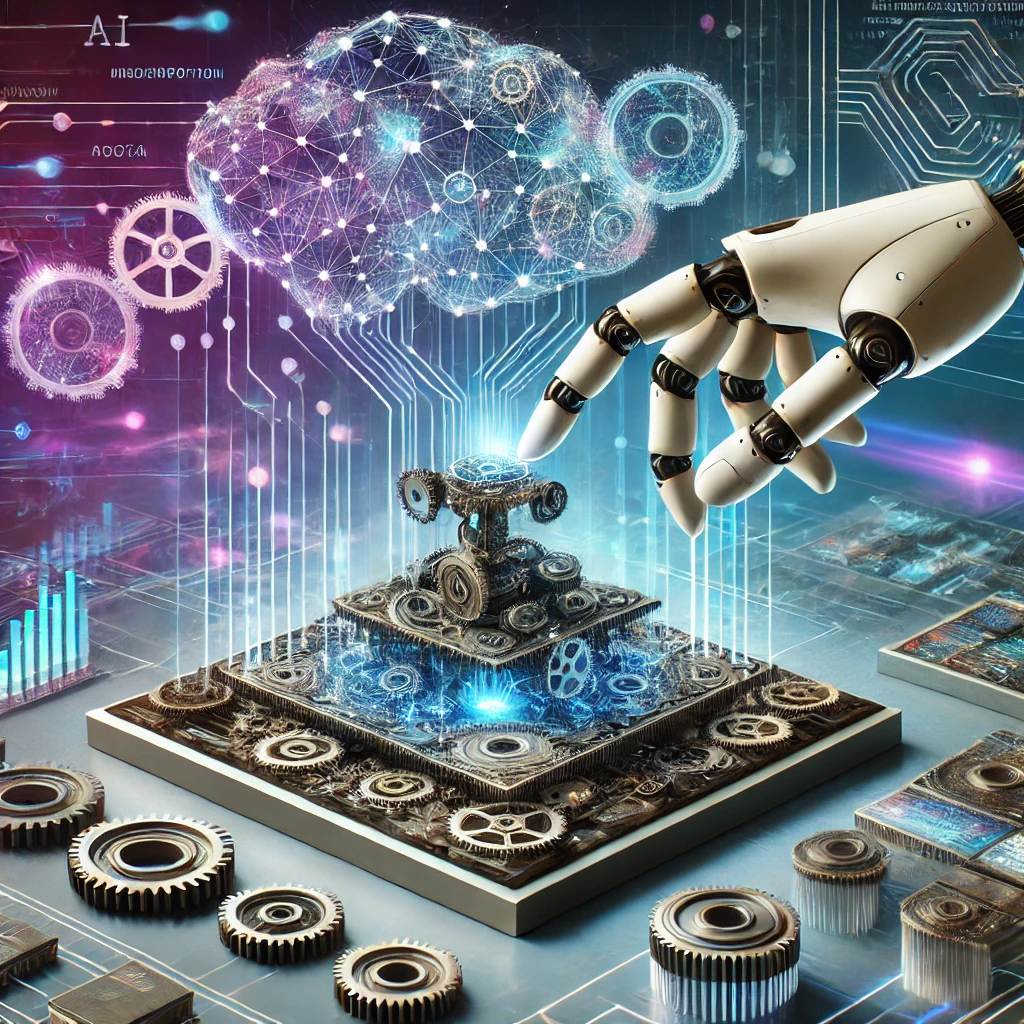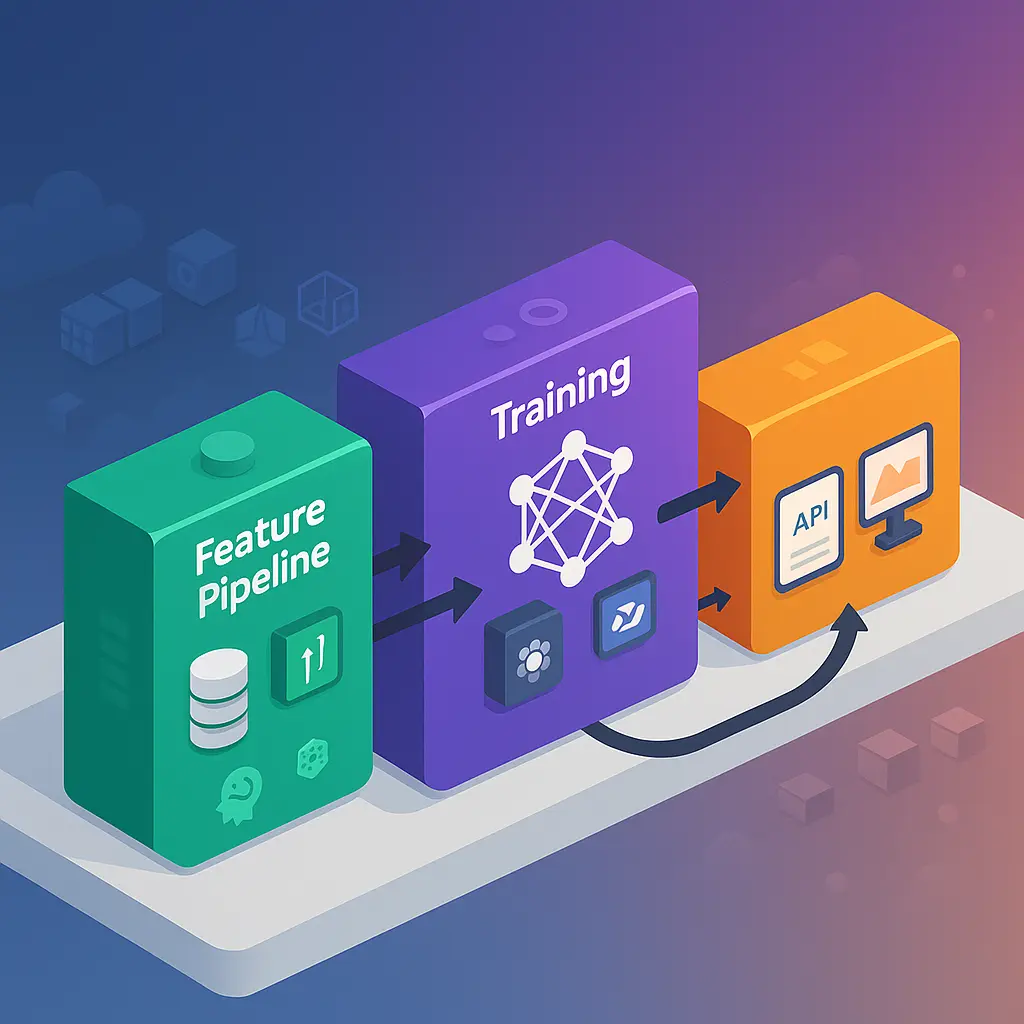
The Evolving Landscape of Large Language Model (LLM) Architectures
Discover the evolving landscape of Large Language Model (LLM) architectures and…

The excitement surrounding AI is undeniable. We're seeing incredible advancements in areas like natural language processing and medical diagnostics. However, alongside these breakthroughs, we're also facing some significant infrastructure hurdles. Getting these powerful AI models to run efficiently, particularly on GPUs, often involves more complexity than is immediately apparent.
GPUs, especially those from NVIDIA, have become the essential hardware for modern AI. But effectively utilizing them, particularly in the context of ephemeral training jobs or model fine-tuning, can present a unique set of challenges.
The process of installing and managing NVIDIA drivers can be, shall we say, involved. It requires careful attention to driver versions, CUDA toolkit compatibility, and the correct cuDNN library. Mismatches can lead to errors that are not always straightforward to identify, consuming valuable engineering time that could be spent on value-adding tasks. This process can feel somewhat at odds with the cutting-edge nature of the AI work itself.
Even with the drivers successfully configured, there's the matter of resource allocation. Ensuring your AI model gets the necessary GPU resources without impacting other processes or leaving valuable compute power underutilized requires careful planning.
Reproducibility is a key concern. In a field striving for scientific rigor, consistent results across different environments are key. Yet, subtle variations in driver versions, CUDA installations, or even OS updates can sometimes lead to unexpected discrepancies. This adds complexity, particularly when building robust, short-lived environments for ad-hoc model training.

So, how do we address these challenges? Containerization and orchestration, particularly with Kubernetes, offer a compelling solution.
The core strategy revolves around encapsulation and abstraction. By packaging your model, along with its specific dependencies like the correct CUDA and cuDNN versions, into a Docker container, you create a self-contained, portable unit of deployment. This is then managed by a K8s cluster, which itself is running on a virtual machine that has been carefully set up for GPU passthrough.
This does require some initial setup. A platform engineer will need to configure the VM, ensure proper IOMMU settings, and verify that the K8s cluster has access to the underlying GPU hardware. And, yes, this is where the driver setup must also be handled with care.
However, once this foundation is established, the benefits are significant. Data scientists are largely insulated from the complexities of the underlying infrastructure. They simply submit their containerized model as a job to the K8s cluster, and Kubernetes handles the details of resource allocation, scheduling, and execution.

This exemplifies the principles of platform engineering. We're creating a reusable, self-service platform that simplifies infrastructure management, allowing developers to concentrate on higher-level tasks. The platform engineer has performed the necessary groundwork, and from that point on, the data scientist can focus on their core expertise.
While platform engineering provides the foundation, AI Engineering builds upon it to create a truly streamlined and efficient AI development lifecycle. As defined by re:cinq (https://re-cinq.com/blog/ai-engineering), AI Engineering focuses on the application of robust engineering principles to the entire AI lifecycle. This includes not just infrastructure, but also data management, model development, deployment, and monitoring.
In the context of GPU acceleration, AI Engineering means:
By incorporating AI Engineering principles, we move beyond simply managing GPUs to truly optimizing their use for AI workloads, enabling organizations to focus on what matters: delivering value to their customers. This means data scientists can focus on model development and innovation, while AI Engineers build and maintain the robust, scalable, and efficient systems that power them.
We're proud to be working with Exoscale, a leading provider of IaaS, to help them empower their customers in the AI space. Exoscale offers GPU resources as part of their infrastructure, and we're collaborating with them to develop an extension of their Command Line Interface (CLI) designed to simplify the use of these GPU resources for AI model training, particularly for short-running jobs.
Our goal is to lower the barrier to entry for AI customers using Exoscale's platform. The CLI extension will provide users with an easy way to access and utilize available GPUs. Key features of this project include:
This project with Exoscale exemplifies our commitment to AI Engineering principles. By automating key processes, standardizing workflows, and focusing on the entire AI lifecycle, we are helping Exoscale build a platform that empowers their customers to innovate faster and more efficiently.

The challenges surrounding GPU utilization for AI underscore a broader trend: the growing need for robust, well-engineered platforms and the application of sound engineering principles to the AI lifecycle.
As AI continues to advance our technological landscape, effective management of the underlying infrastructure and the application of AI Engineering best practices will become even more critical. The container/K8s/VM approach, combined with a focus on AI Engineering principles, provides a valuable blueprint for the future. It suggests a path where platform engineering and AI Engineering play a central role, empowering AI practitioners to push the boundaries of what's possible, without getting bogged down in the intricacies of driver versions and kernel modules, especially when working in short-lived environments for quick experiments and prototyping. It's a future focused on progress and innovation, and that's a direction we should all be striving towards.
---
Technology is Evolving—Are You Keeping Up?
Let's explore how to stay ahead and keep you updated with our latest insights.

Discover the evolving landscape of Large Language Model (LLM) architectures and…

Discover how AI Engineering adapts Platform Engineering principles to meet AI ch…

Learn to navigate the Cloud Native to AI Native transition. Avoid common mistake…
Get a shared vocabulary of proven Transformation Patterns, common Anti-Patterns, and Paradigm Patterns to have more effective, data-driven conversations about your strategy and architecture.
For a personalized starting point, take our free online assessment. Your results will give you a detailed report on your current maturity and suggest the most relevant patterns to focus on first.
Every Tuesday, we deliver one short, powerful read on AI Native to help you lead better, adapt faster, and build smarter—based on decades of experience helping teams transform for real.